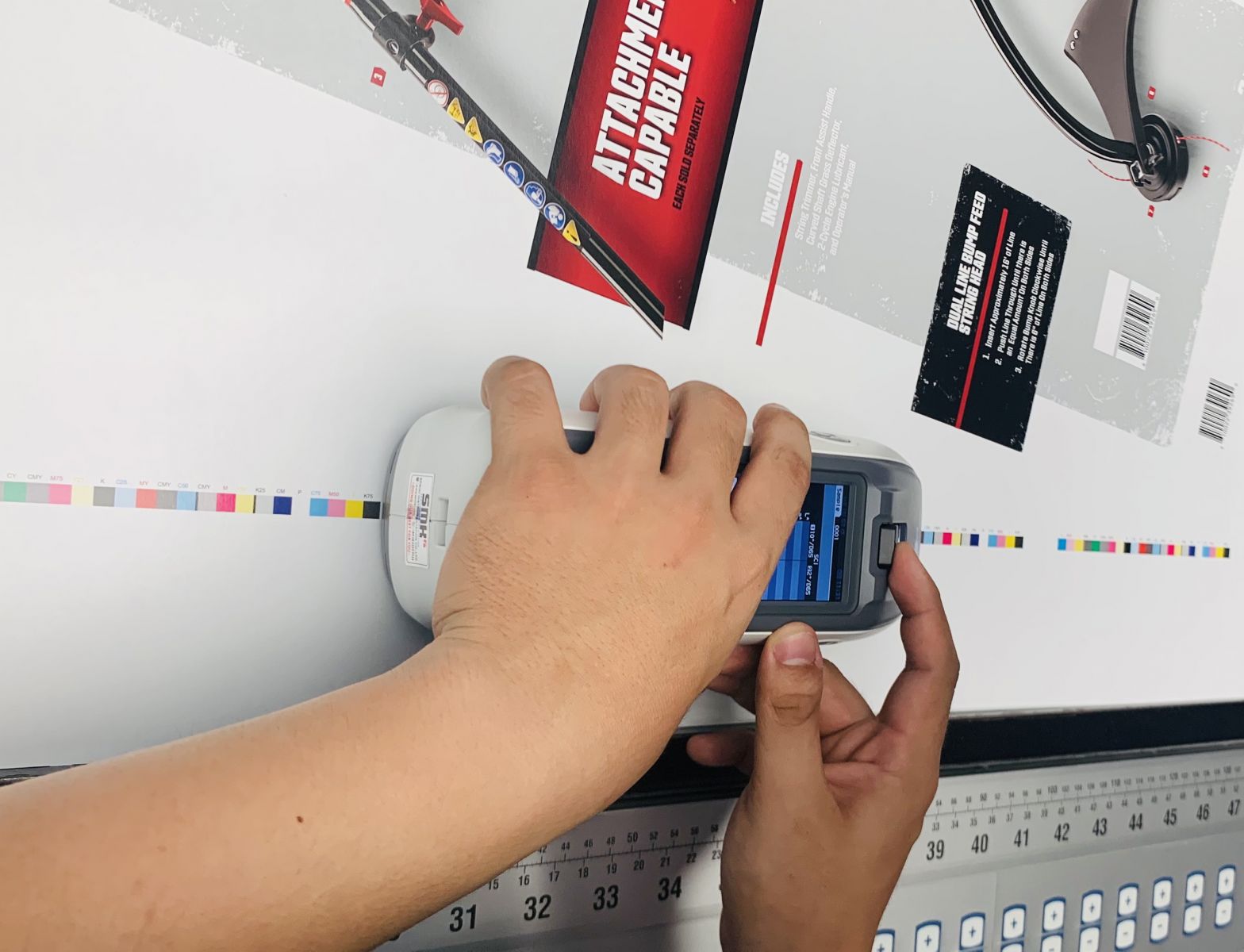
A spectrophotometer is a more complex colorimetric instrument that relies on light intensity as a function of color. It performs color measurements across the entire spectrum, as opposed to the three-color process of a colorimeter, and produces color data beyond the range of human vision.
A spectrophotometer is essentially a calibrated light counter.
Spectro refers to the fact that light is dispersed into individual wavelengths within the electromagnetic energy spectrum. Some of that energy lies in the ultraviolet and visible spectrum that spectrometers can read, while other spectrometers can measure infrared radiation.
"Photometer" Spectrophotometers measure the intensity of light at specific wavelengths and are scaled from 0 to 100. Zero is perfect darkness and 100 is perfect white. Some properties, such as fluorescence, allow this scale to go beyond 100, so most spectrophotometers can go as high as 150 or 200.
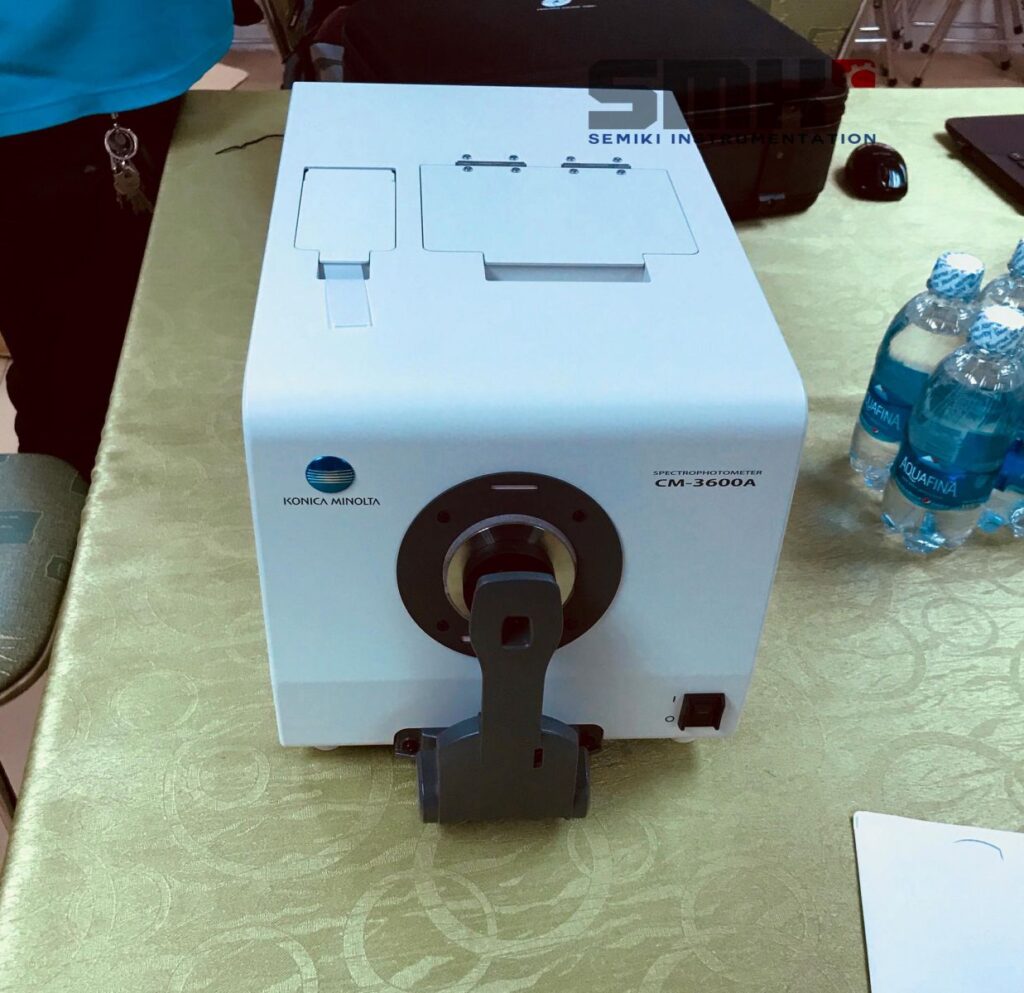
Spectrophotometers are used to measure the color of materials. Materials can be solid, liquid, opaque, translucent, or transparent. Different methods are used to measure these materials, depending on their shape and transparency. Opaque materials are measured using a reflectance spectrophotometer, which measures the amount of light reflected from the sample. Conversely, transparent materials use a transmission spectrophotometer, which measures the amount of light transmitted through the material. Regardless of the method used, all spectrophotometers share the same basic technology and optical design:

The process begins with a controlled light source that illuminates the sample being analyzed. In the case of reflection, as this light interacts with the sample, some is absorbed or emitted. The emitted light travels to a detector, is analyzed, quantified, and presented as an industry-standard color scale and index. Commonly used color scales include Hunter L,a,b, CIELAB, L,C,h, and dE Color Difference. Industry regulatory agencies often define specific metrics for specific products, such as the Tomato and Coffee indices. The simple math looks like this:where R is the reflectance. All terms are evaluated over the visible spectrum from 400 to 700 nm.
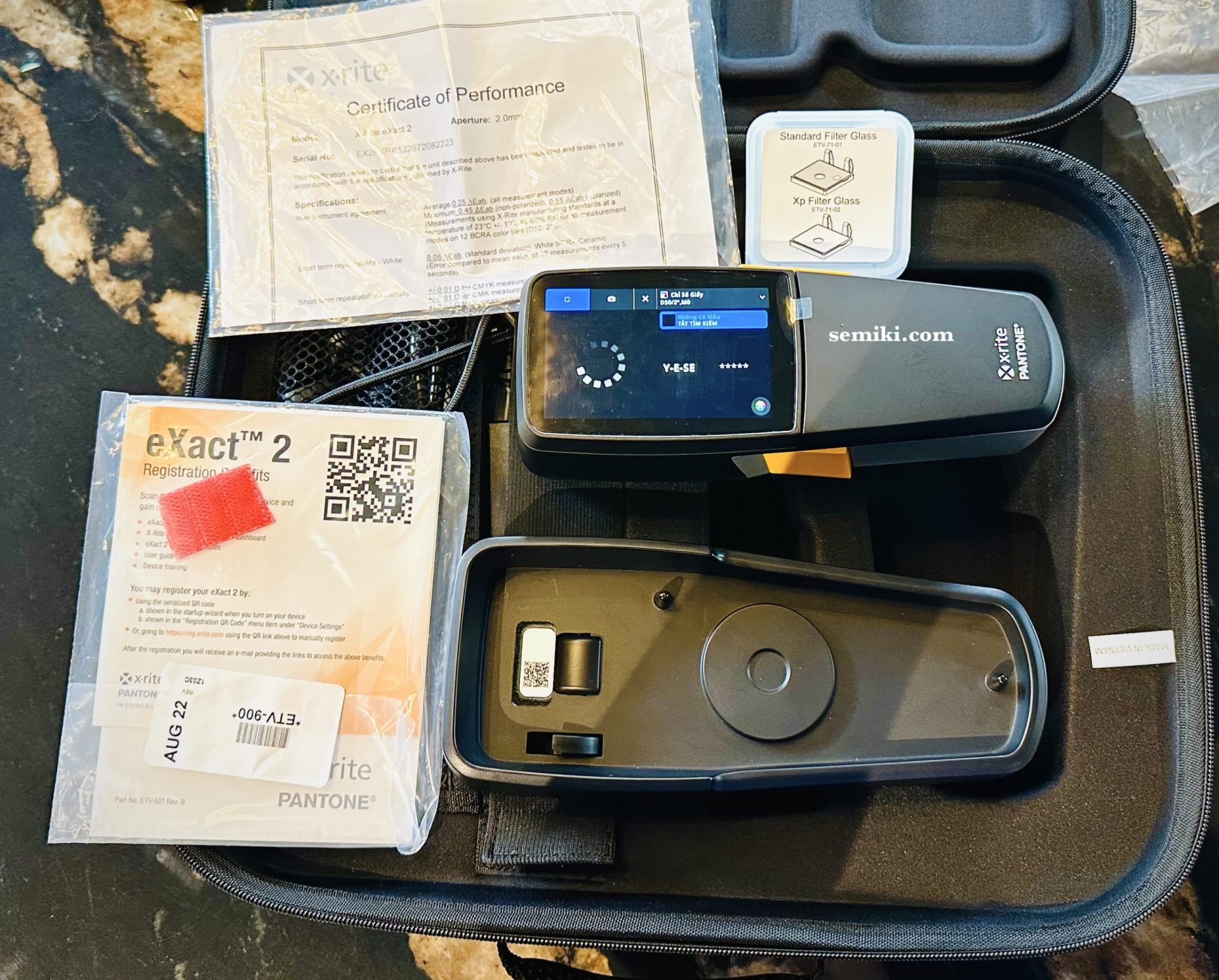
colorimeter X-RITE EXact 2 used to compare paper color in printing
In the case of transmission, when light interacts with the sample, it is either absorbed, reflected, or transmitted. The transmitted light is algorithmically converted into appropriate color scales and color indices. Examples include APHA (American Public Health Association) for water color and purity analysis, ASTM D1500 for petrochemical color analysis, edible oil index used in food, and beverage color analysis. The simple math looks like this: . . where T is the transmittance. All terms are evaluated over the visible spectrum from 400 to 700 nm.
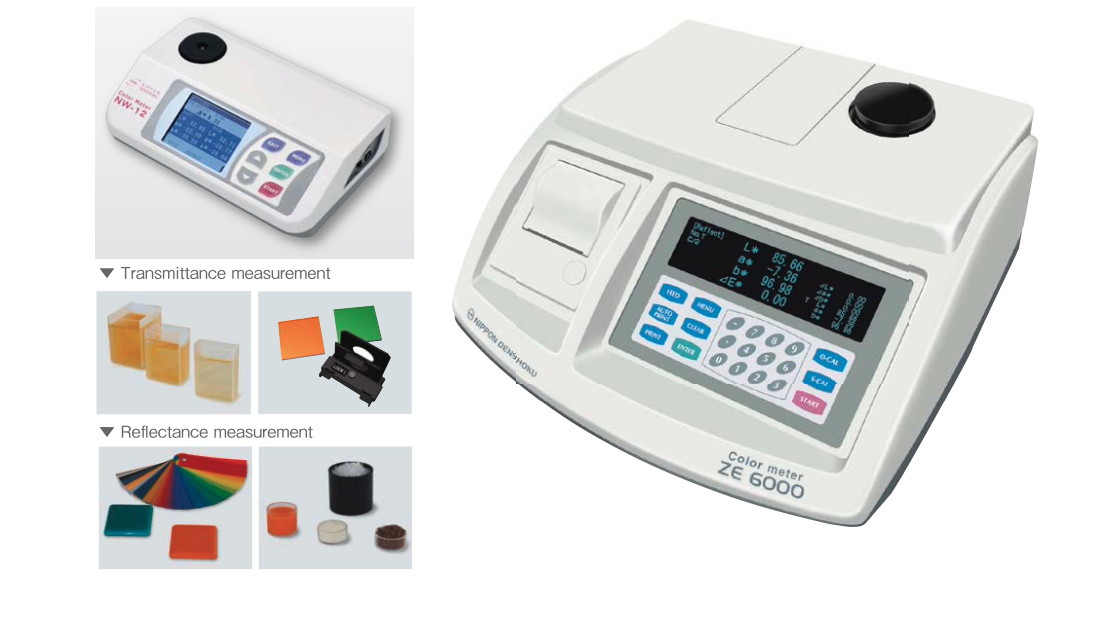
Nippon Denshoku ZE6000 plastic color meter
Spectrometers have more uses than you might think. Research, product development, quality control, and diagnostics can all benefit from spectrometer data. Here are some specific examples of how these powerful tools can be used:
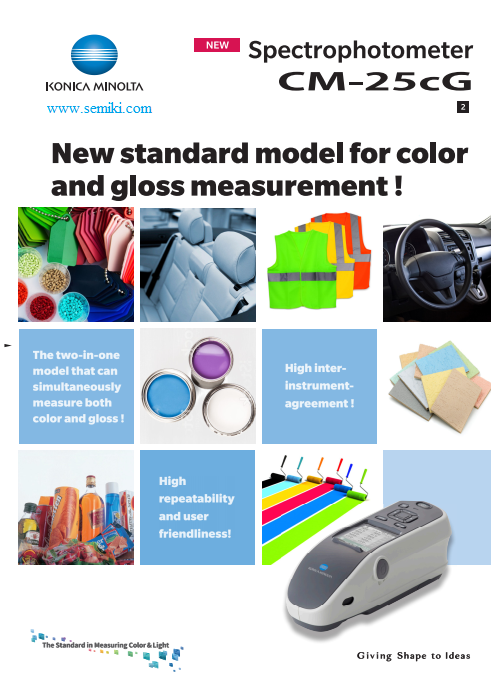
These are just a few examples, but spectrophotometers can be used in a wide variety of industries and applications, including uses outside of manufacturing, such as critical biological research. Other applications include marketing for brands that need to find the most appealing colors for their audience or improving consistency between materials.
Konica-Minolta, Nippon Denshoku… color spectrophotometers distributed by SEMIKI can enhance product appearance and consistency, improve customer perception and build trust in your brand.
CONTACT
SEMIKI MEASUREMENT EQUIPMENT COMPANY LIMITED
Address: 63 Ho Ba Kien, Ward 15, District 10, Ho Chi Minh City, Vietnam.
Phone: +84 28 2253 3522
Request a quote: sales@semiki.com